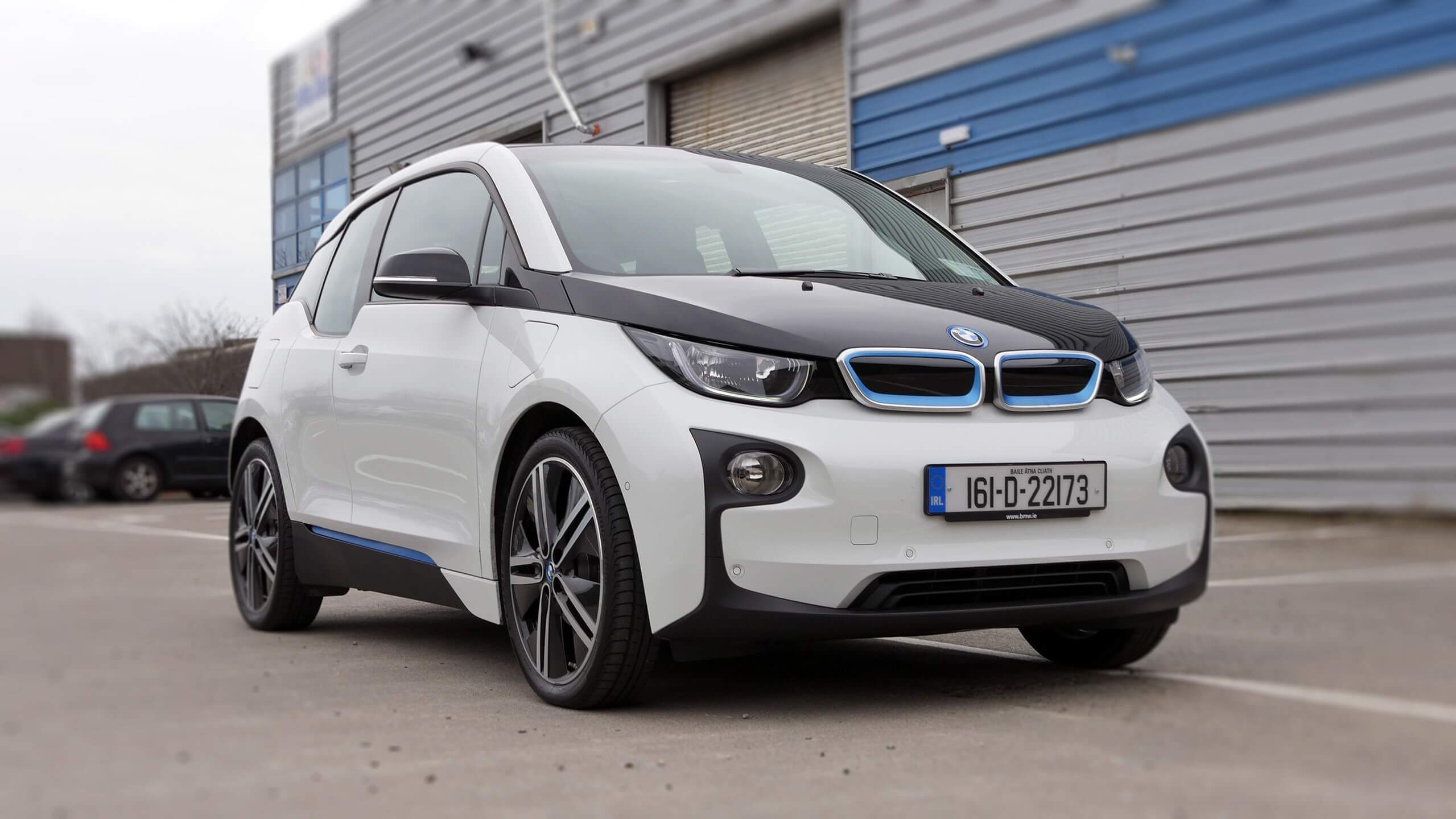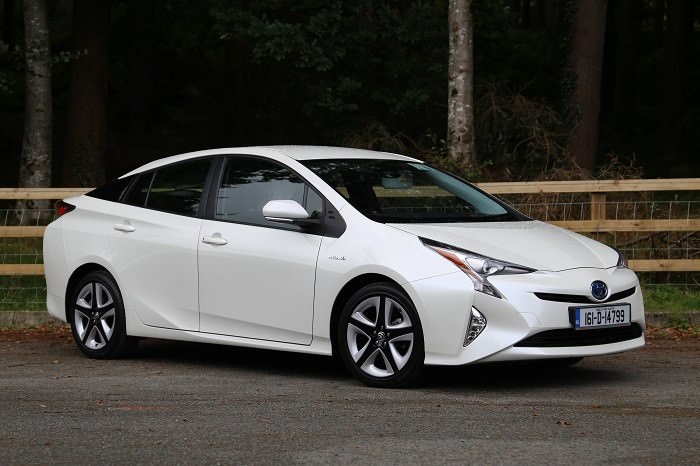With diesel cars falling out of favour with buyers and manufacturers alike, there's a gap in the market to be filled by hybrid models. These come in a variety of guises, whether they're plug-in, so-called self-charging hybrids or range-extending vehicles where a petrol engine boosts the electric drive system. And with a growing number of new hybrids available, the used market is also expanding. Here are some of our top hybrid choices on the used market.
Audi A3 Sportback e-tron (2013-2018)
Before Audi turned its e-tron brand fully electric, it added the badge to the A3 Sportback. The A3 e-tron featured a 1.4-litre turbocharged petrol engine and electric motor for a combined 204hp, while an 8.8kWh battery provided a range of 50 kilometres (or 35km on the more recent - and tougher - official test). Official fuel consumption was 1.5 litres/100km.
BMW i3 REx (2014-2017)

The i3 was BMW's quirky pioneer of electrification, but for a while there was also a range-extending plug-in hybrid, the i3 REx. This had the same stand-out looks, lightweight construction and recycled cabin materials, but some of that eco-friendliness was undone by the addition of a two-cylinder motorcycle engine that fired up when the battery ran flat. Electric i3s outsold the REx model by about two to one, and the arrival of a bigger battery in 2017 convinced BMW that the range extender was no longer needed.
BMW i8 (2014-2020)
Proving that hybrids can come in all guises, the i8 was the first plug-in hybrid sports car. It had some strange statistics: a 1.5-litre turbocharged petrol three-cylinder engine, 369hp, a 7.1kWh (or later 11.6kWh) battery, 595km of range, fuel consumption of 2.1 litres/100km and an all-electric range of 55km for later models. But the radical looks of the i8 meant it turned heads wherever it went. Sure, it couldn't quite match a Porsche 911 for driving thrills, but the i8's combination of performance and eco-friendliness was unique.
Hyundai Ioniq (2016-2022)
The Korean answer to the Toyota Prius, the Ioniq wasn't a particularly memorable machine, but at least you had a choice of powertrain options. There was a fully-electric model, but also plug-in hybrid and regular hybrid models available. These featured 1.6-litre petrol power, but the plug-in had a bigger battery (and a plug socket) that meant it could travel up to 47km on electricity alone.
Kia Niro Mk1 (2017-2022)

While it has the looks of an SUV, the Niro is closely related to the Hyundai Ioniq. It too was available with electric, hybrid or plug-in drive, and like the Hyundai, the latter version featured an 8.9kWh battery for all-electric running. It's not the most exciting family car, but the reassurance of Kia reliability should help with buyers’ peace of mind.
Lexus RX (2005-2009)
The RX was the pioneer for hybrid drive at Lexus, and it has moved upmarket over the years, but the original RX 400h is a great pick if you want reliable luxury motoring at an affordable price. The V6 petrol engine was joined by two electric motors, one of which added four-wheel drive, and a battery pack stored braking energy for later use.
Mitsubishi Outlander PHEV (2013-2021)
Adding a plug-in hybrid system gave the otherwise worthy Outlander a real selling point. Power came from a petrol engine and two electric motors (one of which exclusively powered the rear wheels), while a 12kWh battery offered an all-electric range of 60km. Thanks to the SUV body, that plug-in hybrid set-up didn't compromise cabin space, although the seven-seat option available in the diesel Outlander wasn't offered here.
Toyota Prius (2015-2022)

A genuine hybrid pioneer, the Toyota Prius set the template for cars such as the Yaris, C-HR, Auris and Corolla, which all use the same type of hybrid system. Power comes from a petrol engine and electric motor, while a battery stores energy for use later. The result is a smooth and quiet urban cruiser, and if you go for a later fourth-generation Prius, it's surprisingly enjoyable to drive, too.
VW Golf GTE (2014-2020)
The Golf GTE was VW's attempt at making a sporty plug-in hybrid in the mould of the Golf GTI. The running gear was the same as the Audi A3 Sportback e-tron's, with a 1.4-litre petrol engine and electric motor making 204hp. That was about 20hp short of the Golf GTI Mk7 of the time, while the extra weight of the GTE's running gear meant it never quite matched its famous sibling for sportiness. Still, it proved to be a big seller, more for its low emissions than the unique blue highlights that marked it out.
VW Passat GTE (2015-present)
If the Golf GTE wasn't big enough, then VW also offered the Passat GTE. It used the same powertrain, but had a slightly bigger 9.9kWh battery to make up for the car's extra weight. Range was quoted at 50km, while active cylinder shut-down technology helped it achieve fuel consumption of 2.0 litres/100km. Even better, it was offered as a saloon or a versatile estate.
Volvo XC90 T8 (2016-present)
Volvo's steps to electrification started with the V60 estate, but picked up momentum with the XC90 T8. It offered the upmarket quality and seven-seat practicality of the rest of the range, but added a big battery for 43km of all-electric driving. It was quick, too, thanks to its 408hp powertrain. And of course, the XC90 is one of the safest cars on the road, with a host of driving assistance and safety technologies.